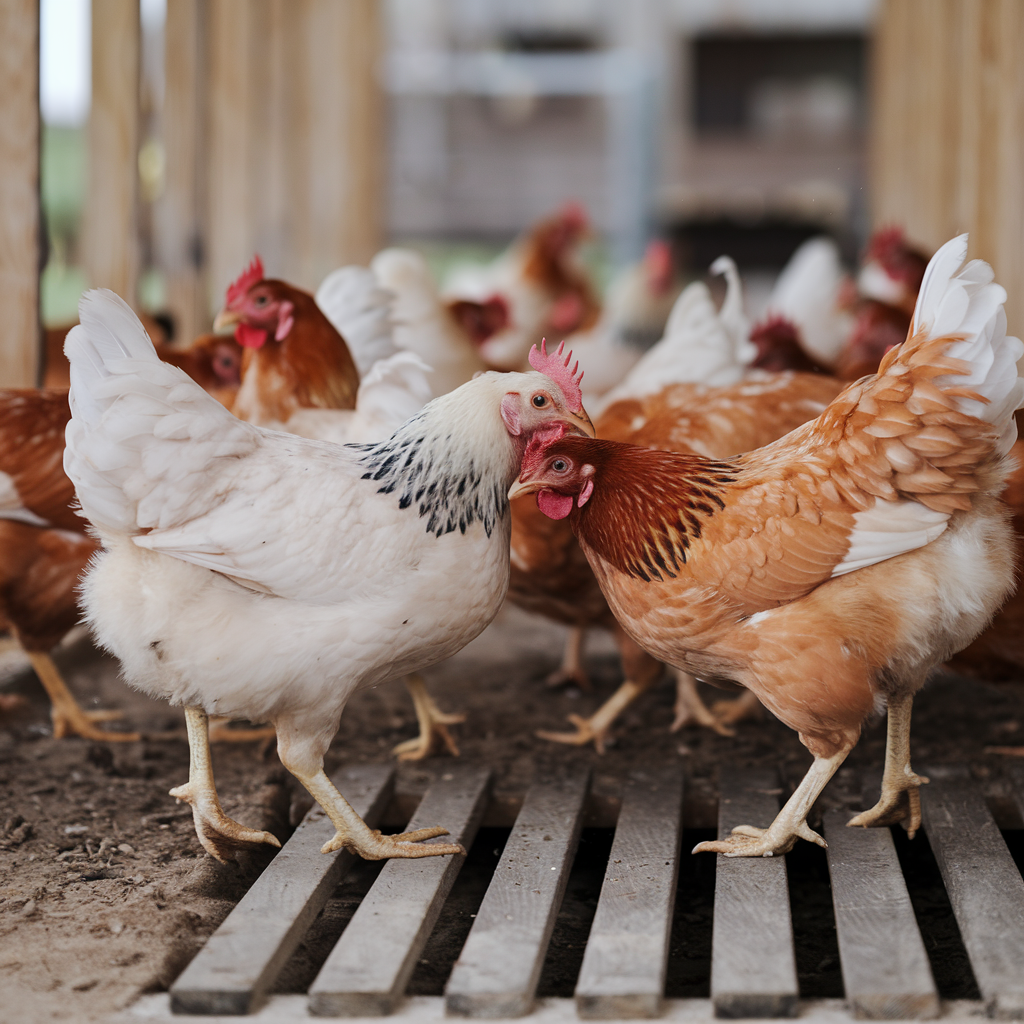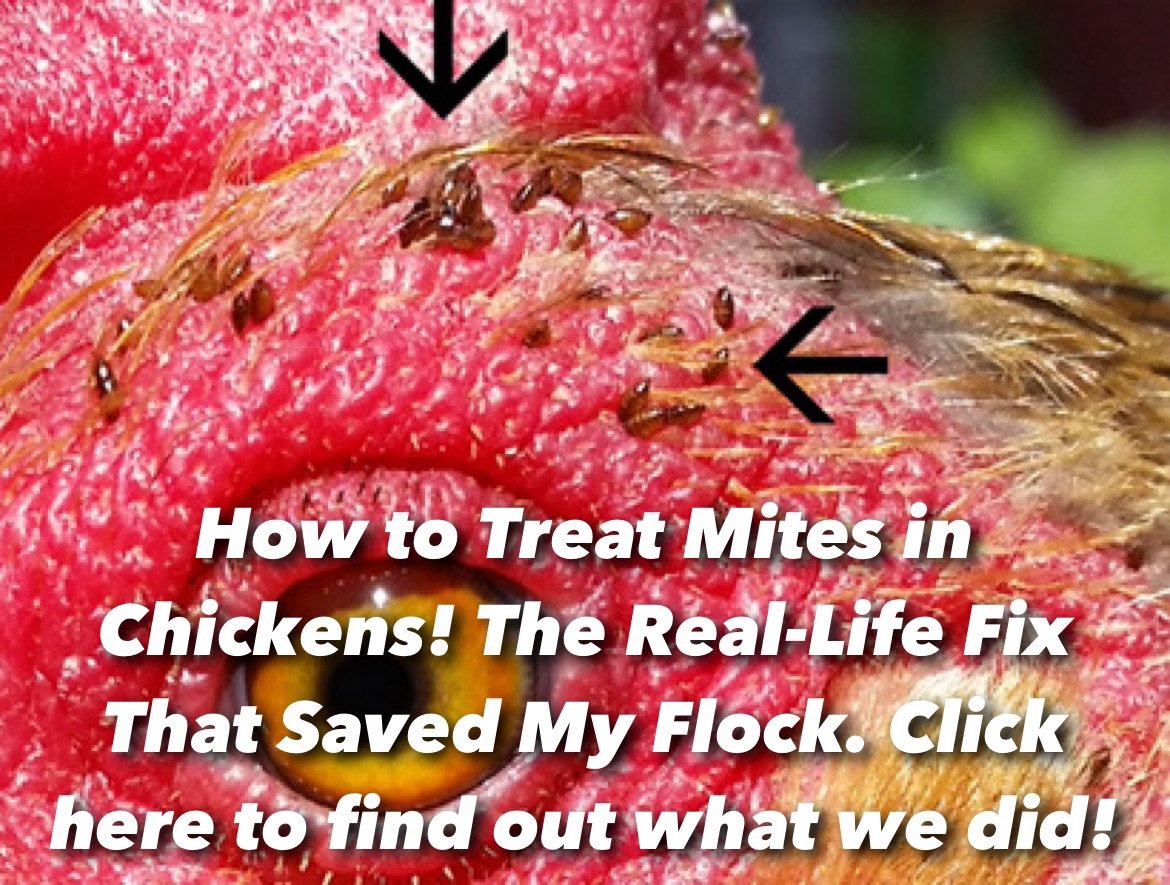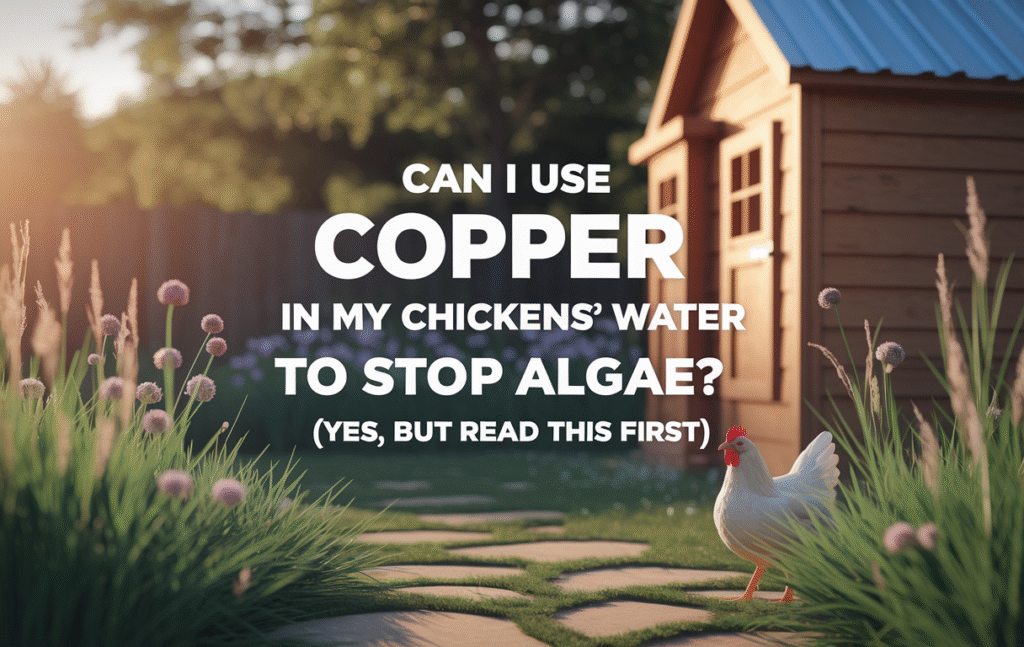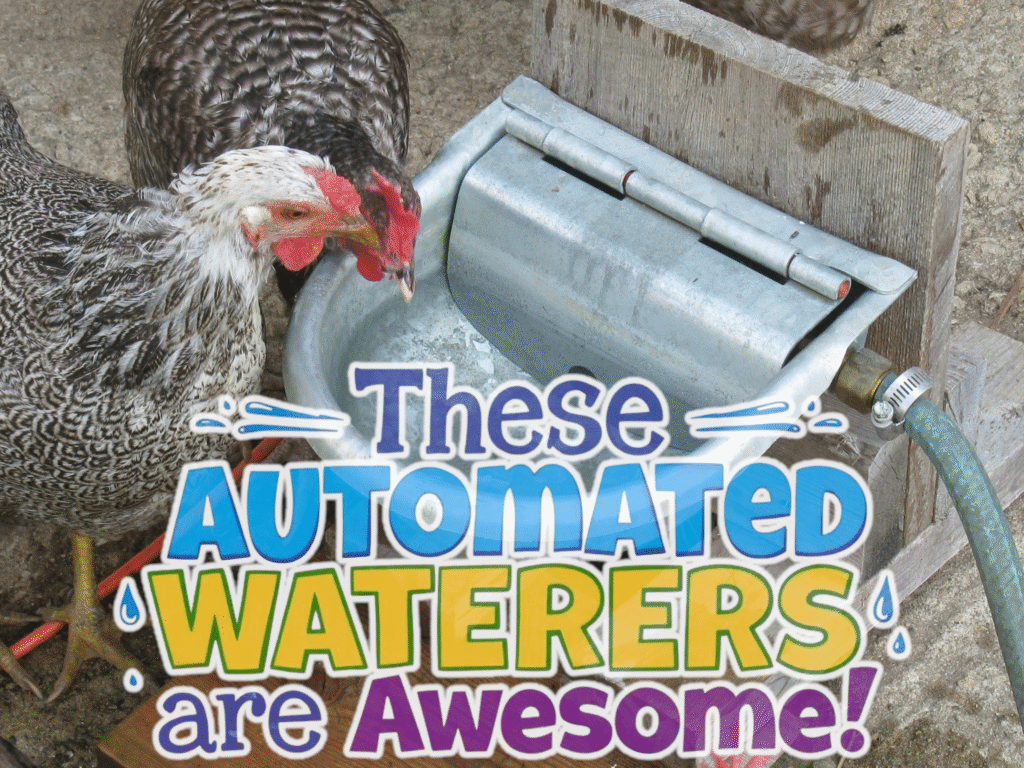
A Calm Coop Starts with Understanding (and a Little Patience)
If you’ve ever walked out to the coop and found a hen with tattered feathers, or worse, a spot of blood, your stomach probably did a flip. I’ve raised chickens for decades, and I’ve felt that little jolt of panic too. Take a breath—most flocks can be steered back toward harmony with a steady hand and a plan.
In this guide, I’ll show you how to stop chickens from pecking each other using practical, humane steps I’ve used across countless seasons and many different breeds. We’ll separate normal pecking order behavior from true bullying, cover root causes, and lay out a clear system to calm the chaos quickly—and keep peace long-term.
Pecking Order vs. a Problem: Know the Difference
Some pecking is as normal as clucking. Chickens establish a social hierarchy (the “pecking order”) to decide who eats first, who gets the favorite perch, and who calls the shots. Brief, low-intensity pecks without injuries often mean the flock is negotiating—no need to jump in every time.
What’s not normal? Persistent chasing, cornering, or pecks that break skin. Blood can spiral a situation fast because red is a visual trigger for more pecking. If you see raw spots, feather loss concentrated on one bird, or several birds ganging up, it’s time to act.

Why Chickens Start Pecking: The Real Root Causes
I like to tackle pecking by diagnosing the “why” first. In my experience, these are the big culprits:
- Overcrowding: Tight quarters turn minor squabbles into serious fights. Aim for 4 sq ft per standard hen inside the coop and 8–10 sq ft per hen in the run—more if possible.
- Boredom and lack of enrichment: A bare run is a recipe for feather pecking. Chickens are busybodies by nature.
- Nutritional gaps: Low protein, amino acid imbalances (especially methionine), and inadequate minerals can drive pecking and feather eating.
- Limited food/water stations: Bully birds can guard resources, forcing timid hens to go hungry and stressed.
- Bright or harsh lighting: Overly intense light can escalate aggression. Red or softer lighting is gentler on the flock.
- Parasites or skin irritation: Mites and lice make birds itchy and restless; flockmates peck at the irritated spots.
- Injury and blood: Once a wound appears, the red draws more pecks. This can become cannibalism if not addressed quickly.
- Integration mistakes: Dumping new birds straight into a mature flock is almost a guarantee of fighting.
- Rooster ratio and temperament: Too many roosters (or the wrong rooster) can ramp up chaos. One good rooster to 8–12 hens is my rule of thumb.
- Seasonal stress: Winter confinement, summer heat, or predator pressure can raise tensions.
How to Stop Chickens from Pecking Each Other: My Proven, Step-by-Step Plan
Here’s the playbook I use when I see bullying flare up. Use these steps in order for best results.
1) Triage and Protect the Injured
- Remove the wounded bird to a safe, adjacent area (a dog crate inside the coop or a pen within sight of the flock). This breaks the pecking cycle without fully isolating her from the group.
- Clean and camouflage wounds. Gently clean the area and use a dark purple/blue antiseptic spray to disguise red. Avoid oily ointments that might attract dirt or pecking.
- Reintroduce only after healing. Visible blood = renewed pecking. Give her time.
2) Give Them More Real Estate, Immediately
- Space inside: Minimum 4 sq ft per standard hen (and 6+ for larger breeds).
- Space outside: 8–10 sq ft per hen in the run is a good baseline—more is better.
- Add vertical features: Extra perches, platforms, and hideouts create visual barriers and “escape routes.”
3) Multiply Feed and Water Access
- Provide at least 2–3 feeding and watering stations on opposite sides of the run so bullies can’t guard them all.
- Consider upgrading your hydration setup; the automatic chicken waterers I actually like make it easier to keep multiple clean sources available, which reduces squabbles.
- Keep water fresh and clear of slime; here’s how to stop algae in chicken water the easy natural way so the birds keep drinking and stay calm and hydrated.
4) Fix the Diet: Protein, Amino Acids, and Minerals
- Balanced feed: Laying hens usually do best on 16–18% protein. Young, growing birds need 18–20%.
- Methionine matters: It’s key for feather growth and can reduce feather pecking. Look for a quality feed or supplement if your birds are molting or showing feather damage.
- Offer calcium free-choice: I keep a separate dish of oyster shell out year-round so hens can self-regulate. If you’re unsure how it differs from grit, here’s a solid primer on the difference between grit and oyster shell.
- Many flocks also benefit from a targeted calcium bump during peak lay; this simple tweak helped me: a calcium boost with oyster shells.
5) Add Enrichment to Kill Boredom
- Scatter feeds thoughtfully: Toss a small portion of scratch into deep litter or a pile of leaves/straw so they scratch and search (mental work = less mischief).
- Hang a cabbage or veggie bundle at beak-level. Rotating “toys” keeps novelty high.
- Provide dust-bath zones with dry soil, wood ash, and sand to encourage natural grooming.
- If you use treats, do it smart: here’s what I tell folks about feeding mealworms to chickens—the benefits and the warnings.
6) Soften the Lighting
- Reduce intensity or switch to red-spectrum bulbs in problem areas. Bright white lighting can magnify aggressive tendencies.
- Consistency beats extremes: Avoid sudden light changes; aim for stable day length appropriate to the season.
7) Check for Parasites and Treat Promptly
- Look closely at vents, under wings, and along the keel. Mites and lice often hide where it’s warm and dark.
- If you spot trouble, use this proven approach to treat mites in chickens so the itchiness (and pecking) stops.
8) Mind Your Rooster Ratio
- One respectful rooster for 8–12 hens usually keeps order. Too many boys can trigger constant scuffles and overmating.
- If a rooster is a relentless instigator, rehome or pen separately. Leadership should calm a flock, not terrorize it.
9) Integration: Slow Is Smooth, Smooth Is Fast
- Quarantine new birds for health first.
- Use a “see-no-touch” setup where newcomers are in a safe pen inside the run for 1–2 weeks so everyone learns faces without contact.
- Mix at dusk when birds are sleepy. Add extra feeders/waterers and watch closely for a few days.
10) Last-Resort Tools
- Pinless peepers (blinders) can help chronic bullies by limiting forward vision, but they’re a temporary training tool, not a lifestyle.
- Do not debeak backyard birds. It’s unnecessary and inhumane for small flocks with proper management.
Quick Wins You Can Do Today
- Add a second feeder and waterer on the opposite side of the run.
- Hang a cabbage and toss a small pile of leaves or straw for scratching.
- Lower the light intensity or switch to red bulbs.
- Separate any bleeding bird and disguise wounds with blue/purple spray.
- Measure your coop and run to ensure you’re meeting space guidelines.
- Top up oyster shell and check that a balanced feed is in use.

Prevention: Habits That Keep Peace Long-Term
Once you’ve calmed a flare-up, the real magic is in healthy routines. Here’s what I build into every season:
- Seasonal adjustments: Winter boredom is real—add enrichment and consider shelter design that allows dry, wind-protected outdoor time. If you live cold, here’s how to keep chickens warm in winter without electricity without overcrowding the coop.
- Water systems you can trust: Clean water reduces stress and improves digestion and feather quality. I run multiple stations; this is the auto waterer I wish I’d bought sooner for a no-fuss setup.
- Routine parasite checks: Quick weekly checks catch problems before they turn into pecking frenzies.
- Thoughtful free-ranging: Supervised free-range time burns off energy and offers natural foraging, which can reduce conflict. As a bonus, free-ranging can cut feed costs by up to 50% when done safely.
- Steady nutrition: Keep a reliable, balanced feed, with oyster shell free-choice for layers and the right grit type for birds not on commercial crumble.
Troubleshooting: If Pecking Still Won’t Quit
Every once in a while, a flock throws a curveball. If you’ve addressed space, diet, enrichment, lighting, parasites, and integration—and you’re still seeing aggression—try this escalation ladder:
- Identify the ringleader: Watch quietly for 15–20 minutes. Is there one bird instigating? Pen her separately for a few days and then reintroduce at dusk.
- Rearrange the environment: Move perches, feeders, and hiding spots. Disrupting routines can reset social dynamics.
- Temporary peepers: Fit pinless peepers on bully birds for 2–4 weeks, then reassess.
- Rehome if necessary: It’s rare, but some individuals don’t mesh. Rehoming a chronic aggressor can instantly stabilize a flock.
When to Call a Vet
Even seasoned keepers pick up the phone sometimes. Seek veterinary help if you see:
- Deep or rapidly worsening wounds, especially around the vent or head.
- Signs of infection (swelling, heat, foul odor, pus).
- Severe weight loss or birds refusing to eat/drink.
- Escalating cannibalism despite environmental and dietary corrections.
FAQ: Short Answers from the Coop
Does blood really make pecking worse?
Yes. Red draws attention and can trigger more pecking. Camouflage wounds with a blue/purple spray and separate the injured bird until healed.
Should I remove the bully or the victim?
Start by removing the victim to stop the immediate cycle. If a single bully keeps instigating after fixes, pen the bully for a few days to reset the hierarchy, then reintroduce.
How long does it take to restore peace?
Simple fixes (more feeders, enrichment, wound care) can calm things in 24–72 hours. Structural changes (space, lighting, diet tweaks) show best results over 1–2 weeks.
Will free-ranging help?
Often, yes. Foraging burns energy and reduces boredom, two major causes of pecking. Plus, as a nice perk, free-ranging can slash feed costs when done safely.
Could health issues be the trigger?
Absolutely. Parasites, injuries, or even nutritional deficiencies make birds targets. Regular checks and a solid diet are your best defense. When in doubt, evaluate for mites and correct feed quality first—two common, fixable causes.

Putting It All Together: A Simple Routine
Here’s a weekly rhythm I lean on to prevent pecking and keep my flock content:
- Walk the run with fresh eyes: look for bald spots, limping, or cranky body language.
- Top up separate oyster shell and check feed freshness.
- Rotate an enrichment item (hung veggie, straw bale, leaf pile).
- Rinse waterers and keep algae at bay using the approach in this algae control guide.
- Spot-check for mites/lice and dust-bath availability.
- Confirm you still have multiple feeding/drinking stations available and spaced apart.
A Gentle Nudge from Someone Who’s Been There
I know firsthand how discouraging it can feel when your sweet birds turn on each other. But please hear me: you can fix this. Most pecking problems boil down to a handful of manageable issues—space, food, water, boredom, light, and the occasional parasite. Address them methodically and consistently, and peace almost always returns.
If you’re revamping your setup, two quick upgrades that have made my flocks calmer and easier to manage are better water access and clearer nutrition. I keep multiple, reliable waterers in different zones and make sure my layers always have access to oyster shell. If you’re new to calcium vs. grit, this overview on the difference between grit and oyster shell is a great place to start. And if you suspect crawly culprits behind the bullying, don’t wait—here’s the mite treatment method that actually works.
Most importantly, be kind to yourself. Flock management is part science, part art, and part heart. With a little patience and the steps above, you’ll know exactly how to stop chickens from pecking each other—and keep your coop a place of calm clucks and happy dust baths.
As an Amazon Associate we earn from qualifying purchases through some links in our articles.



